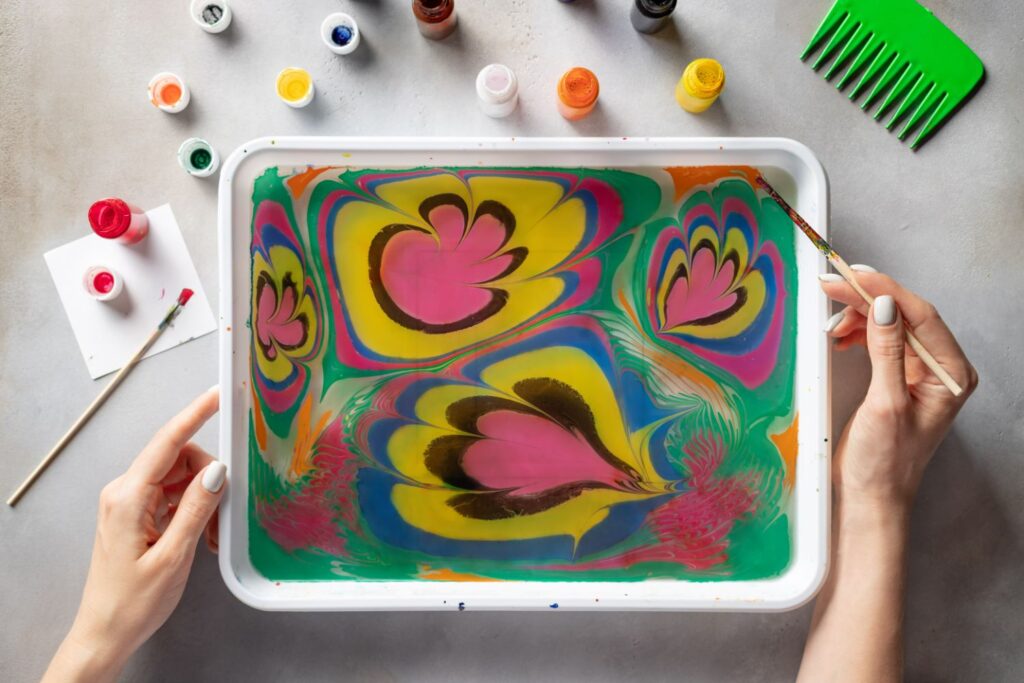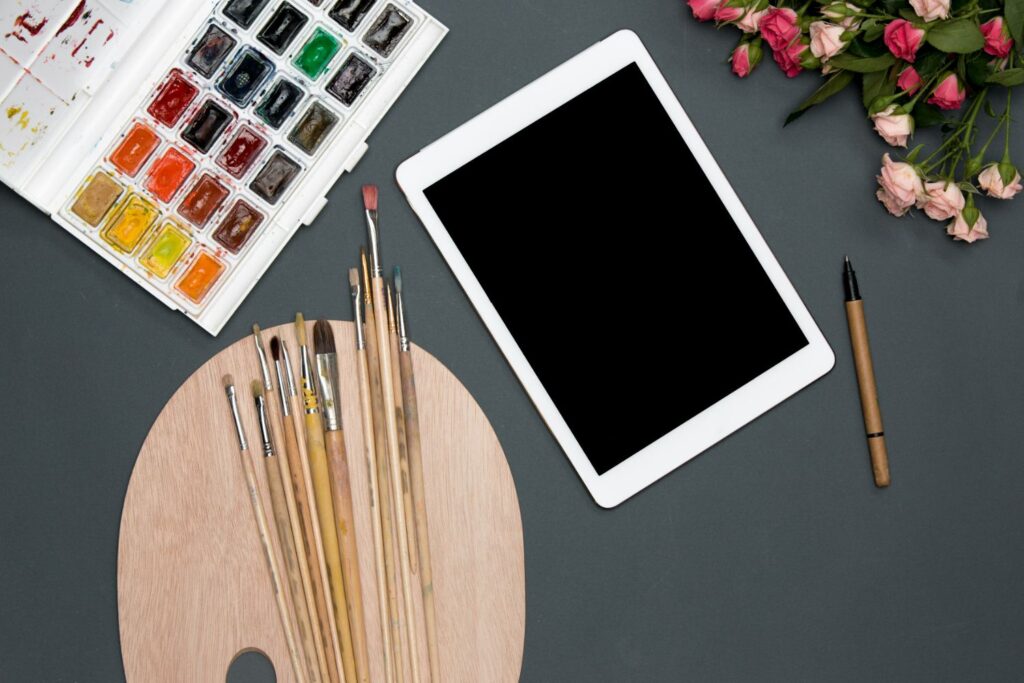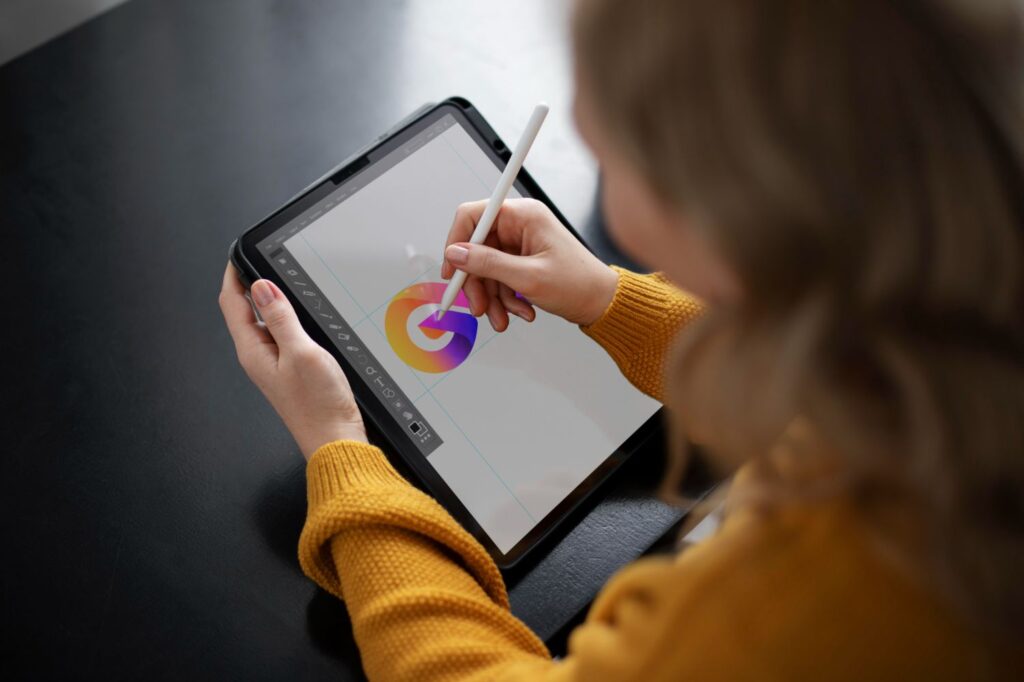iPad Drawing Screen Protector or Not: Weighing the Pros and Cons
An iPad is an incredibly versatile tool for digital artists, providing endless opportunities for creativity. But one crucial question remains for many users – should I invest in a screen protector for drawing on my iPad or not? This article will explore the pros and cons of using an iPad drawing screen protector, aiming to provide you with all the information you need to make the best choice for your needs. Let’s dive in!
Pros of Using an iPad Drawing Screen Protector
1. Enhanced Durability
Screen protectors offer a protective layer between your iPad’s screen and your drawing stylus. This additional layer helps prevent scratches, scuffs, and other damage that may occur during regular use. For artists who use their iPad frequently, investing in a screen protector may save money in the long run by extending the life of their device.
2. Improved Drawing Texture
The iPad’s glass screen can feel slippery, making it challenging to control your stylus’s movements accurately. A screen protector can provide a more paper-like texture, enhancing control and precision while drawing or sketching. This improved texture can lead to a more satisfying and natural drawing experience.
3. Reduced Glare
Many screen protectors feature an anti-glare coating that minimizes reflections on the iPad’s display. This reduced glare can make it easier to see your artwork in various lighting conditions, preventing eye strain and improving overall comfort while drawing for long periods.
4. Enhanced Screen Privacy
Some screen protectors come with a privacy feature that limits the viewing angle of your iPad’s display. This feature ensures that only you can see what’s on the screen, protecting sensitive drawings and designs from prying eyes while working in public spaces.
5. Fingerprint Resistance
A screen protector can help keep your iPad’s display clean and free of smudges, ensuring that your drawing surface remains clear and free of distractions. This feature is especially helpful for those who prefer using their fingers to draw directly on the screen.
Cons of Using an iPad Drawing Screen Protector
1. Reduced Screen Clarity
While screen protectors do provide some benefits, they may also reduce the clarity of your iPad’s display. Some users may find that screen protectors make their device’s screen appear slightly duller or less vibrant. For artists who prioritize color accuracy and visual quality, this drawback is a crucial consideration.
2. Installation Difficulties
Installing a screen protector may be tricky, and even a small air bubble or misalignment can affect your drawing experience. Though the installation process has become more accessible with tools and guides provided by most manufacturers, it still requires patience and precision to avoid mistakes.
3. Cost
High-quality screen protectors can be expensive, especially if you plan to purchase multiple protectors for different devices or replace them frequently. Weigh the cost of a screen protector against the potential benefits, and decide if it’s a worthwhile investment for you.
4. Compatibility Issues
Some screen protectors may not be fully compatible with certain screen sizes, stylus brands, or cases. Therefore, it’s essential to research and choose a screen protector that best suits your specific setup to avoid potential frustration and wasted money.
5. Decreased Touch Sensitivity
Though rare, some users have reported reduced touch sensitivity while using a screen protector. This issue can hamper your drawing experience and affect overall productivity. If you notice any touch sensitivity issues after installing a screen protector, consider trying a different brand or model.
Conclusion
Ultimately, the decision to use an iPad drawing screen protector or not depends on your personal preferences, priorities, and budget. Consider the pros and cons carefully, and make an informed choice that best suits your needs as an artist. Remember that your drawing experience is unique to you, and finding the ideal setup may take a bit of trial and error. Happy drawing!
FAQs
-
Which iPad screen protector is best for drawing?
The best iPad screen protector for drawing is subjective and largely depends on individual preference. However, many artists tend to prefer paper-like screen protectors that provide a more natural, textured drawing surface. Some reputable brands include PaperLike, elecshield, and iCarez.
-
Can you draw on an iPad without a screen protector?
Yes, you can draw on an iPad without a screen protector. However, you may find that the glass screen is less textured compared to a paper-like screen protector, potentially making it feel more slippery while drawing. Ultimately, it depends on personal preference and whether you prioritize enhanced protection and the drawing experience that a screen protector offers.
-
Do screen protectors affect Apple Pencil performance?
Screen protectors can potentially affect the Apple Pencil’s performance, particularly in terms of touch sensitivity and accuracy. However, high-quality protectors designed specifically for drawing should have minimal impact on the Pencil’s capabilities. It’s essential to choose a reputable brand and model to optimize the drawing experience.
-
How often should I replace my iPad drawing screen protector?
The frequency of replacing an iPad drawing screen protector depends on the usage and wear and tear. Artists who use their iPad daily or apply heavy pressure while drawing may find the need to replace their protector more frequently. Generally, a high-quality screen protector should last anywhere from 6-12 months, depending on usage.
-
Can I use a regular screen protector for drawing on my iPad?
Yes, you can use a regular screen protector for drawing on your iPad. However, regular screen protectors typically lack the paper-like texture that artists oftenprefer for a more natural drawing experience. If you’re an artist who prioritizes texture and control, you may want to consider a screen protector specifically designed for drawing purposes.





